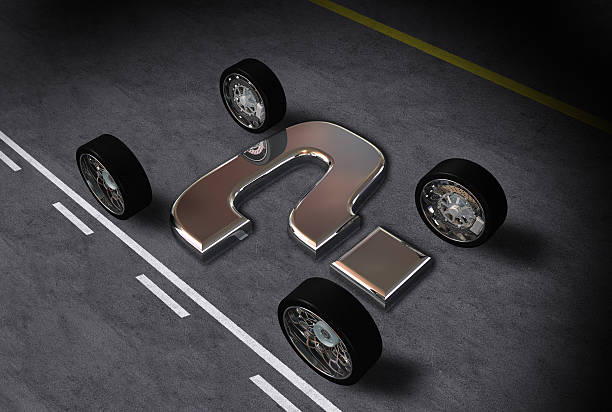The Hidden World of Automotive Camouflage
In the secretive realm of automotive design, a peculiar art form has emerged: automotive camouflage. This isn't about blending vehicles into natural landscapes, but rather concealing their true forms from prying eyes and competitor spies. As we peel back the layers of this fascinating practice, we'll discover the ingenuity, technology, and high-stakes game of hide-and-seek that unfolds on public roads long before a new car model hits the showroom floor.

The Origins of Automotive Camouflage
Automotive camouflage, often referred to as car camouflage or disguise, has its roots in military technology. Just as armies sought to conceal their vehicles and equipment from enemy reconnaissance, car manufacturers began adopting similar techniques to shield their upcoming models from competitors and the public eye.
The practice gained traction in the 1950s and 1960s when automotive journalism became more prevalent, and spy photographers started capturing images of prototype vehicles during testing phases. Initially, automakers relied on simple methods like black fabric covers or basic paint schemes to obscure new designs. However, as technology advanced and the stakes grew higher, so did the sophistication of camouflage techniques.
The Psychology of Deception
At its core, automotive camouflage is about manipulating perception. The goal is not to make the vehicle invisible but to make it difficult for observers to discern its true shape, lines, and features. This is where the psychology of vision comes into play.
Designers employ various optical illusions and visual tricks to confuse the human eye and brain. One common technique is the use of dazzle camouflage, inspired by the patterns used on naval ships during World War I. These bold, contrasting patterns break up the vehicle’s lines and make it challenging to determine its exact contours.
Another psychological aspect is the use of decoy elements. Fake body panels, exaggerated features, or temporary add-ons are often used to mislead observers about the vehicle’s actual design. This not only protects the true design but can also serve as a form of misdirection, leading competitors down the wrong path in their own development efforts.
High-Tech Materials and Methods
Modern automotive camouflage has evolved far beyond simple paint and fabric covers. Today, manufacturers employ a range of high-tech materials and methods to keep their prototypes under wraps.
One innovative approach is the use of vinyl wraps with embedded patterns designed to disrupt digital cameras. These patterns create moiré effects in photographs, making it difficult to discern the vehicle’s true shape even in high-resolution images. Some companies have even experimented with light-sensitive materials that change appearance when photographed with a flash.
3D-printed panels and modular camouflage systems allow manufacturers to quickly adapt their disguises for different testing phases or environments. These systems can be easily applied and removed, providing flexibility while maintaining secrecy throughout the development process.
The Global Game of Cat and Mouse
The world of automotive camouflage extends far beyond the design studio and test tracks. It’s a global game of cat and mouse, with automakers going to extraordinary lengths to test their vehicles in real-world conditions while avoiding detection.
Manufacturers often conduct testing in remote locations, from the scorching deserts of Arizona to the frigid landscapes of northern Sweden. However, the need for diverse testing environments means that camouflaged prototypes frequently appear on public roads, leading to a constant battle with spy photographers and automotive enthusiasts eager to catch a glimpse of the next big thing.
This has given rise to a whole industry of automotive espionage, with dedicated spy photographers and publications specializing in revealing upcoming models. The captured images can provide valuable insights to competitors and generate buzz among consumers, making the effectiveness of camouflage crucial to a manufacturer’s competitive edge.
The Future of Automotive Secrecy
As technology continues to advance, the methods of concealing prototype vehicles are evolving. Some manufacturers are exploring the use of active camouflage systems, similar to those being developed for military applications. These could potentially alter the vehicle’s appearance in real-time, adapting to different environments or observer perspectives.
Virtual reality and augmented reality technologies are also changing the game. By conducting more design and testing in virtual environments, manufacturers can reduce the need for physical prototypes, thereby limiting opportunities for leaks and spy shots.
However, the rise of social media and ubiquitous smartphone cameras presents new challenges. A single clear image shared online can quickly go viral, potentially undermining years of secrecy. This has led some companies to embrace a more open approach, strategically releasing teaser images or partially camouflaged vehicles to control the narrative and build anticipation.
The world of automotive camouflage is a testament to the innovation, competitiveness, and secrecy that drives the automotive industry forward. It’s a fascinating blend of art, science, and strategy that plays out on roads around the world. As we look to the future, one thing is certain: as long as there are new cars to be designed and tested, there will be new ways to keep them hidden in plain sight.





